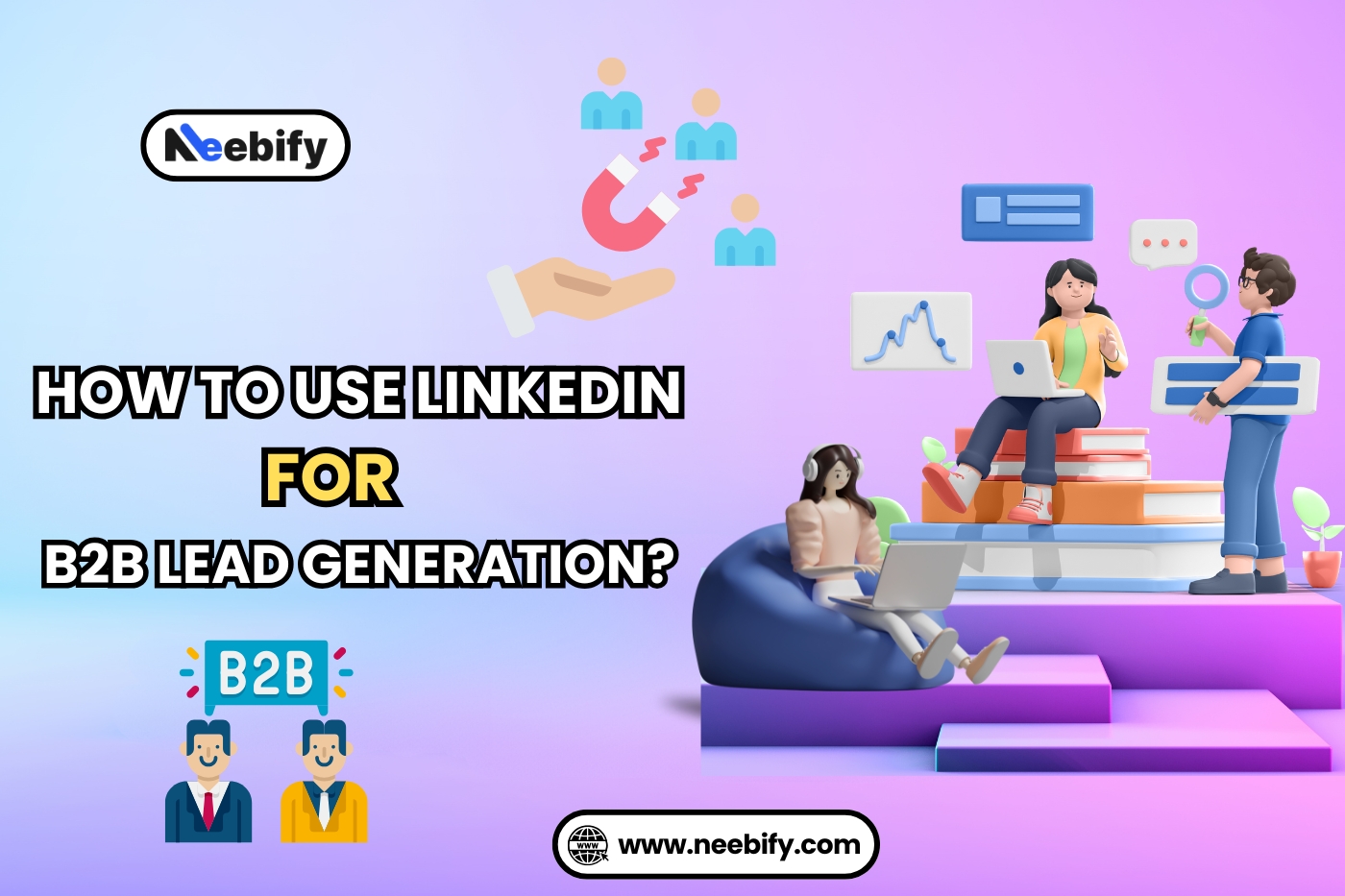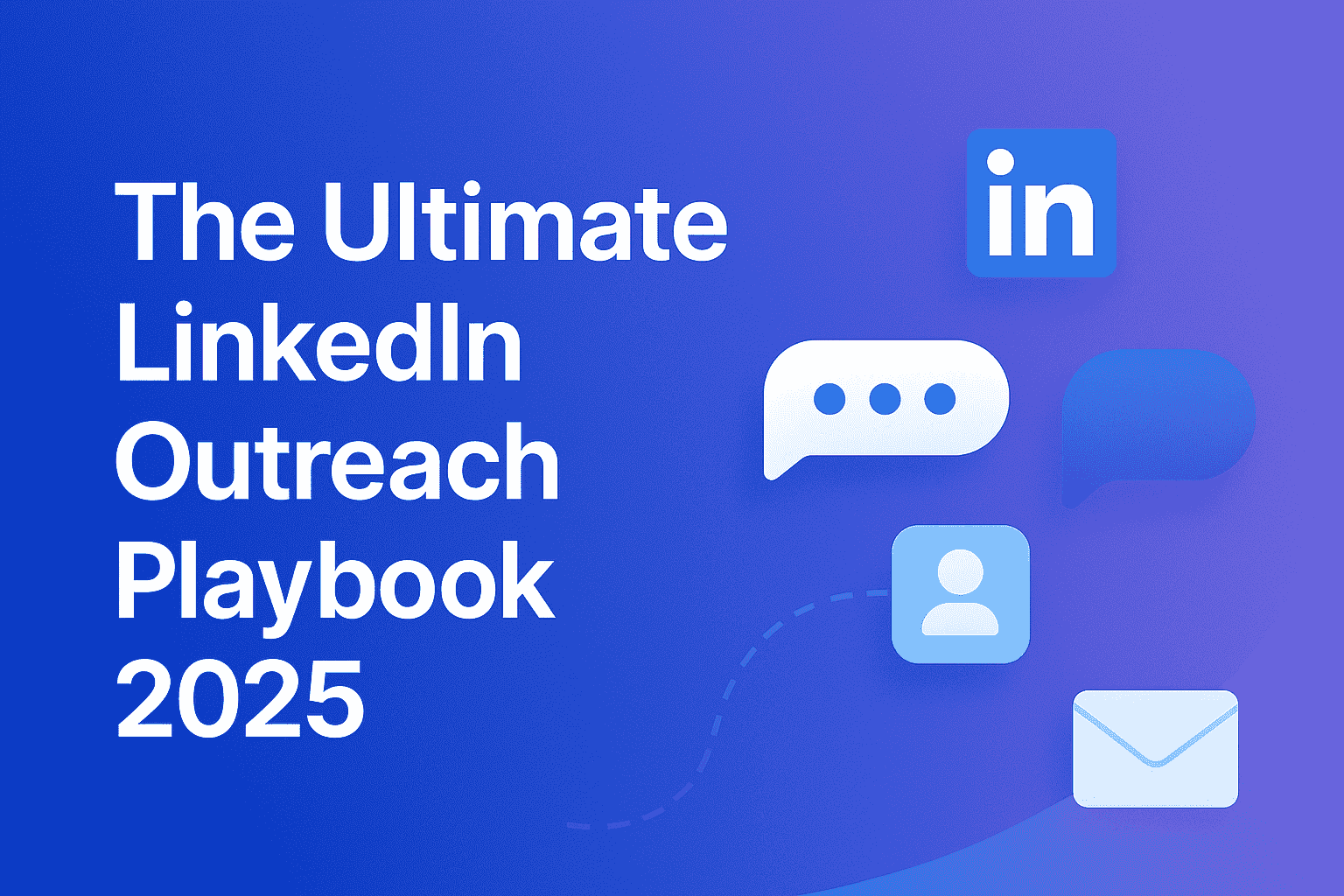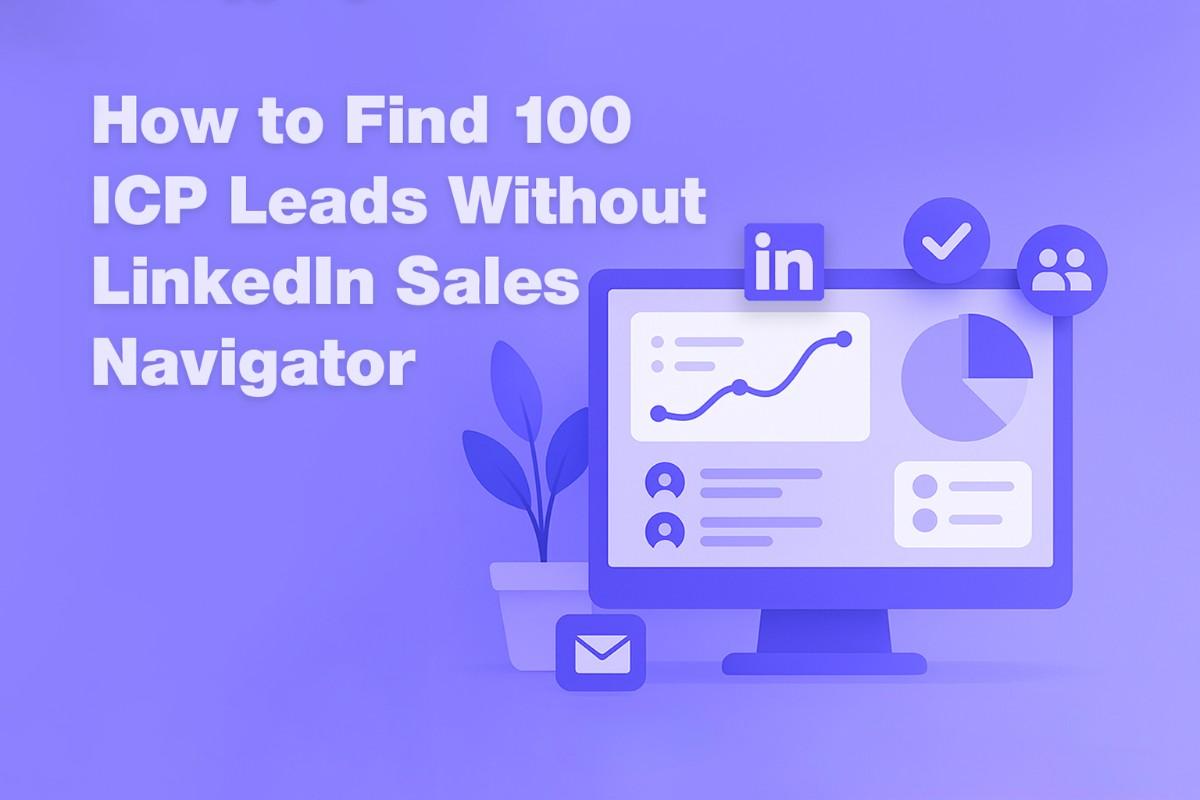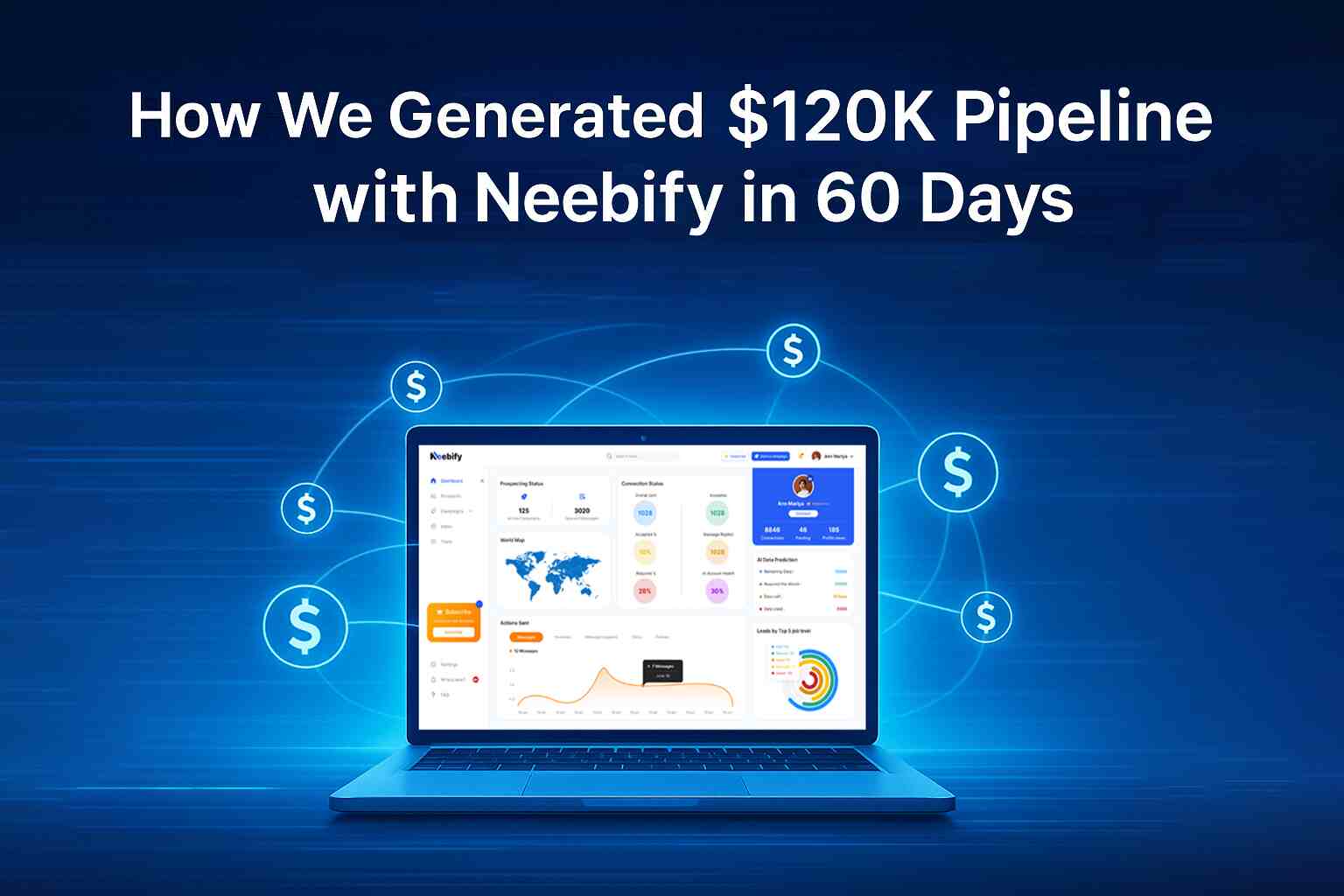Table of content
LinkedIn is the most potent B2B marketing lead generation option available today. With over 900 million global users, LinkedIn brings business organizations the best possible opportunities to communicate with their target client pool, partners, and customers. But how exactly can you use LinkedIn for B2B lead generation? In this comprehensive guide, we will walk through what is important with LinkedIn as a B2B lead generation tool, discuss effective strategies, and highlight how you benefit from using LinkedIn to drive high-quality leads to your business.
What is B2B Lead Generation?
Lead generation for B2B, on the other hand, means attracting leads and converting business prospects into potential customers. B2B or Business-to-Consumer marketing attracts business houses to a single consumer. B2B lead generation targets other businesses. Identification of decision-making elements in organizations, nurturing through personalized communication, and finally converting such leads into clients or partners is often what it entails.
Lead generation is significantly more challenging in the B2B compared to the B2C. The buying cycle is much longer and more involved. It involves several touches across different channels and systems and, many times, is what ultimately gets catalyzed through a professional network like LinkedIn with major business decision-makers.
Why LinkedIn is the Best Place to Generate Quality Leads?
What many have termed as the "Facebook for professionals," it is so much more than a social network. LinkedIn is the most specialized professional environment-a service specifically catering to the building of business relations and opening up professional opportunities. Amongst many reasons LinkedIn is the best B2B lead generation platform, follow:
1. Targeted Audience: With over 900 million professionals, many of whom are in decision-making positions, LinkedIn boasts of this. You can filter your search based on job titles, industries, company size, geographical location, and many more. At that level, you are assured that you get the right audience for your business.
2. Advanced Search and Filters: LinkedIn's advanced search and filters really help to fine-tune your lead generation efforts. Whether you're looking to find C-suite executives, HR managers or marketing heads, you could make precise queries to dig through the people who matter the most for your business.
3. Industry-Specific Content: Publishing and sharing content is one of the core features of LinkedIn. The audience is interested in subjects only within topics of professionalism and/or industries. This means, more than any other network like Facebook or Instagram, your content will be seen by people you actually want it to be seen by.
4. Trust and Credibility: LinkedIn is regarded as a professional place and also a place for credible businesses. A well-composed LinkedIn profile serves more like a digital resume, where prospects have the opportunity to find out more about your business, your offers, and your credibility. As businesses participate on LinkedIn, they can develop trust with prospects, which can make conversion to customers much easier.
5. Business-Oriented Environment: As against the other social media, the core purpose of LinkedIn is business networking. Which means leads would be more readily available for pretty very effective, business-oriented discussion on a topic of interest. A person in LinkedIn expects to talk about business opportunities; this makes lead-generation pretty easy for them in terms of professional engagement.
LinkedIn Lead Generation Strategies
To tap the power of LinkedIn to get B2B leads, you must use a series of techniques and approach both relationship and trust building. Here are some of the most effective LinkedIn lead generation strategies:
1. Optimize Your LinkedIn Profile: Before actually initiating the lead generation tactics on LinkedIn, get your profile optimized to attract leads. Here's how:
Professional Profile Picture: You should have a professional photo. At the minimum, a professional headshot will create trust and make you look accessible.
Compelling Headline: In a small number of words--ideally a single sentence--clearly indicate what your company does. That is, clearly indicate the different ways you could solve problems for your target audience rather than just writing your job title.
In the words of relevance: Define your value proposition and expertise, and what makes you different. Ensure your services are also communicating value for other businesses.
Show Services: The "Featured" section can showcase case studies or even testimonials from clients, or even work that demonstrates success in your industry.
2. Publish Relevant Content: This has become a well-tested strategy in the attraction of B2B leads on LinkedIn. The act of sharing relevant, industry-specific material makes a brand a thought leader. These include examples of content you may publish:
Articles: Publish long-form posts that focus on the common pain points of your industry. Ensure that the content is insightful, data-driven, and provides practical solutions.
Infographics: Information is taken better and is more engaging when it is presented through visual content. Infographics are an ideal way of depicting complex information in a very visual manner.
Case Studies: Show how your product or service has helped other businesses. These pieces of content serve as proof of your company's capabilities.
Videos: Short videos where you explain your services or share success stories can help increase engagement by a lot.
3. Use LinkedIn InMail for Direct Outreach: LinkedIn InMail enables you to send personalized messages directly to people who are not in your network. The messages in LinkedIn are different from the normal ones because the people you can message there do not necessarily have to be in your network. So, you access decision-makers you haven't sent a message yet. Just use them wisely and customize accordingly. Here are some best practices using InMail:
Personalize: Always let them know how your solution can solve their specific needs. Connect it to their business and role in the message.
Brief: Professionals have less time to waste reading long messages. Keep your message short and to the point.
Add value: Instead of cold pitching them to make a sale, you could add value through a useful resource, insight in their specific industry, or free consultation.
4. Links to LinkedIn Groups: Your community is to create, and active participation in the LinkedIn Groups contributes much to building credibility, relationship building, and potential lead generation. Find more than thousands of groups on various topics related to different industries and join them.
Share your insights: Participate in the discussions by commenting and answering the questions people ask.
Provide value: Give the group useful information, and don't make it seem like you are only there to self-market.
Follow the rules: Respect the rules of the group so you won't be banned or reported for spamming.
5. Use LinkedIn Ads: LinkedIn Ads is yet another good lead generation tool. By making use of the proper targeting option from LinkedIn, you can create high-targeting ad campaigns that target decision-makers based on their industries, job roles, or even the companies they work for. The following are some of the types of LinkedIn ads:
Sponsored Content: Use this type of ad to promote your posts so that they appear in the feed of the targeted people on LinkedIn.
Text Ads: These are the short, text-based advertisements that show up to the right of the LinkedIn website.
Lead Gen Forms: For LinkedIn, pre-filled forms enable prospects to submit their information through the advertisement, thereby increasing your lead conversion rate.
6. Network and Relationship Building: Networking is a long-term approach, which can generate sustainable B2B leads. This is because you can connect with many industry leaders, potential clients, and partners in order to create a network of people who can refer or introduce you to leads.
After connecting to the prospects: It becomes essential to do everything possible to maintain the relationship through follow-up messages and continuous engagement.
Benefits of LinkedIn for B2B Lead Generation
Additionally, LinkedIn features several prominent advantages that highlight why LinkedIn would be an excellent B2B lead generation platform:
1. Access to a Professional Audience: As you know, the figure of professionals across all industries on LinkedIn is enormous and has long held strategic decision-making positions. They can be accessed directly on this platform, and any possible method of relating to them raises the chances of gaining high-quality leads.
2. Increased Credibility: Prospects' connections in LinkedIn easily have a look at your professional history, company details, and other professionals' endorsement. This increases your credibility so that it is easy to establish trust and rapport.
3. More Opportunities to be Sold: Since LinkedIn is professionally built networking, leads have a strong interest in business conversations. For instance, LinkedIn users are more serious in having business conversations as compared to Facebook or Instagram users.
4. Low Cost Marketing: With LinkedIn, it is very much possible to have low cost B2B marketing wherein one does not need to shell too much money like having to focus on organic tactics of content marketing, networking, and InMail outreach. Even with the help of LinkedIn Ads, this targeting ability makes it possible to reach a higher return on investment because the right audience is being hit.
5. Building Long-Term Relationship: LinkedIn is a relationships-based networking site, and B2B leads rely a great deal on this very aspect. Increasing customer lifetime value and brand loyalty is pretty much possible when you have long-term relationships with your prospects.
Conclusion
Now, LinkedIn is a bonanza for B2B lead generation. It has the right kind of strategies such as profile optimization, content creation, InMail outreach, and active networking that can attract high-quality leads as well as be a basis for fruitful long-lasting business relationships. With LinkedIn being professional and allowing specific targeting towards business decision-makers, it is a must-have tool for B2B marketers. Using LinkedIn features can bring your lead generation level up, which in turn enables growth in your business in today's digital world.
Get your next meeting in a
matter of minutes.
Free Trial
Latest
The Ultimate LinkedIn Outreach Playbook 2025
A practical, modern guide to mastering LinkedIn outreach in 2025 — learn how to boost reply rates, p
12/1/2025How to Find 100 ICP Leads Without LinkedIn Sales Navigator
Generating 100 targeted ICP leads doesn’t require LinkedIn Sales Navigator. Learn how to leverage fr
11/28/2025


